A number of countries are ready, but Europa is divided.
Others are reading now
A number of countries are ready, but Europe is divided.
The big jigsaw
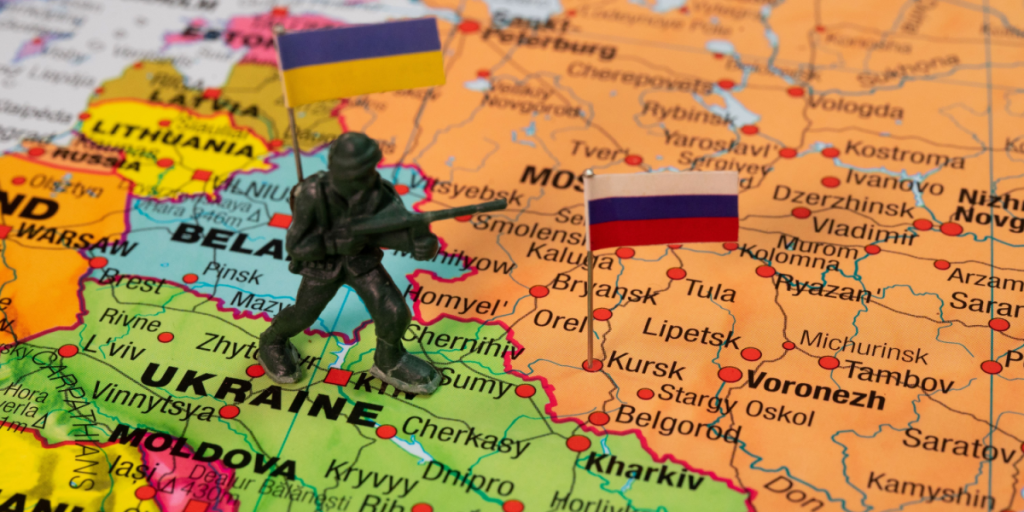
Following high-level discussions in Washington, Western nations are working to clarify what “security guarantees” for Ukraine could look like.
With over 1,000 kilometers (621 miles) of front line in eastern Ukraine, key questions remain: How could a ceasefire be enforced? Who would send troops—and under what mandate?
Here’s a rundown.
U.S.: Ground troops off the table
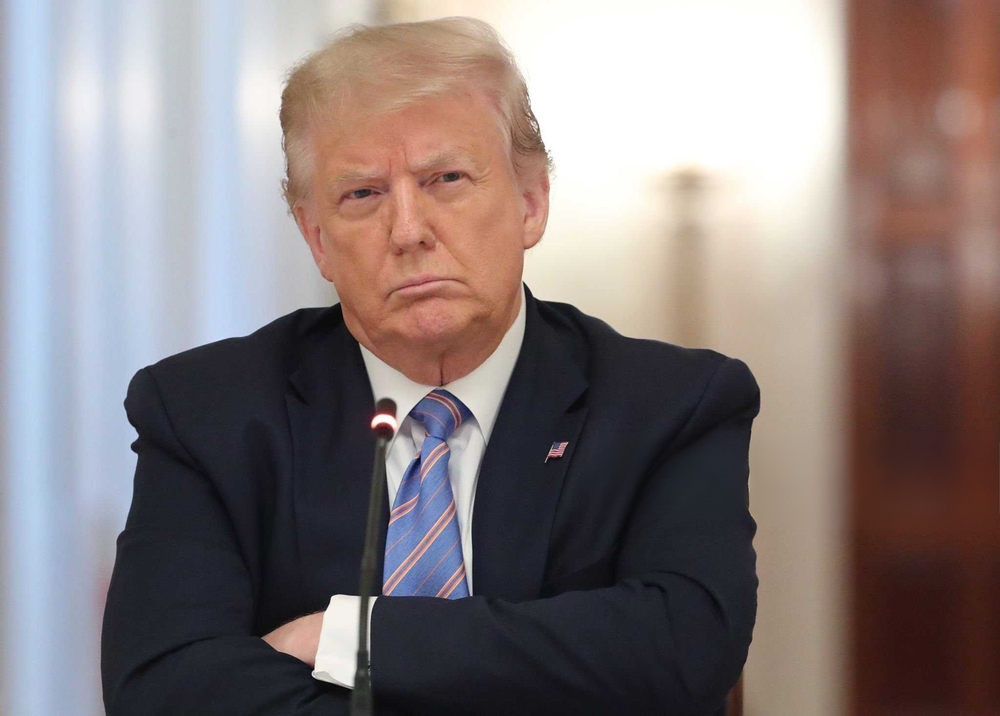
U.S. President Donald Trump has endorsed the concept of security guarantees for Ukraine but ruled out any deployment of U.S. troops.
Also read
Speaking to Fox News, Trump suggested that air support from the U.S. could be on the table, while ground forces would have to come from European allies like Germany, France, and the UK.
Germany: A wait-and-see approach
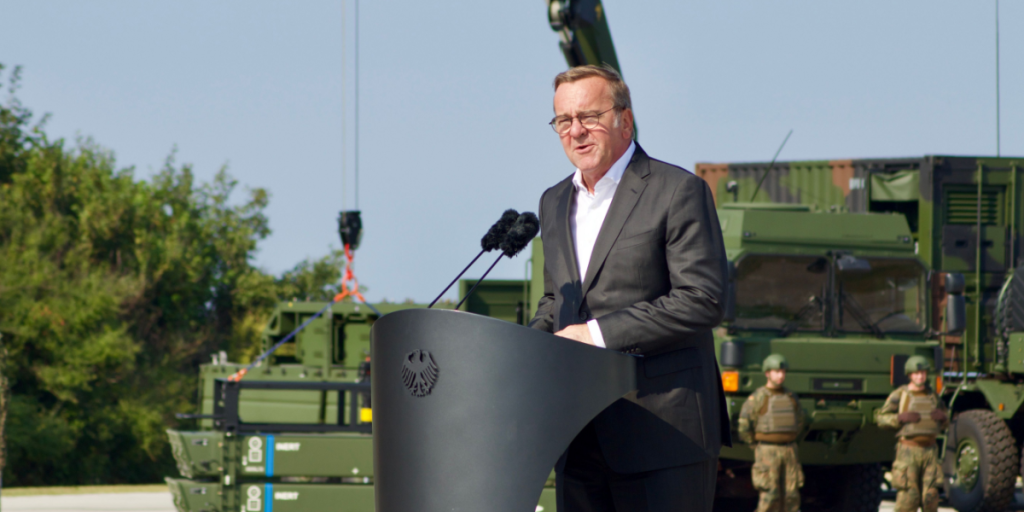
German Defense Minister Boris Pistorius confirmed that no decisions have been made regarding Germany’s potential military role.
Foreign Minister Johann Wadephul echoed this, stressing ongoing negotiations and unresolved questions about the contributions of allies—including the U.S.
UK: Ready under the right conditions
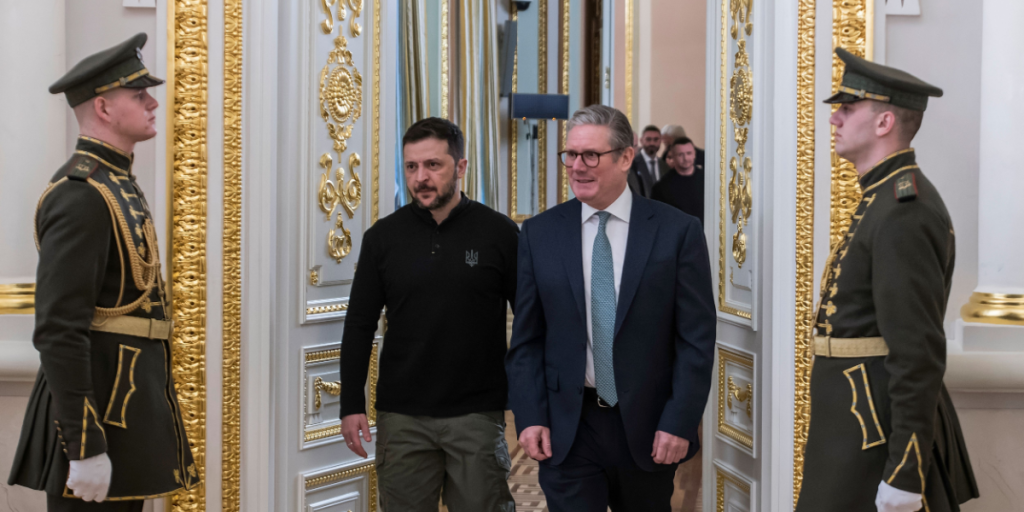
British Prime Minister Keir Starmer is open to sending peacekeeping forces—but only after a permanent ceasefire. If that condition is met, the UK would take a leading role in enforcing peace.
A previously reported plan involves 30,000 European troops securing cities, ports, and critical infrastructure—supported by drones, satellites, and Black Sea patrols.
Also read
France: Macron urges caution
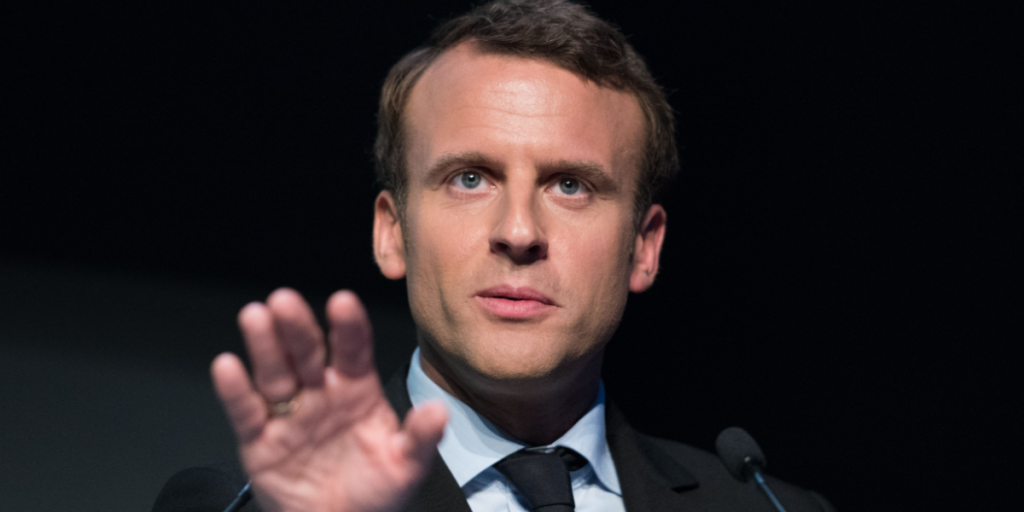
French President Emmanuel Macron has warned against any rushed peace deal without solid guarantees.
While open to sending French troops, he emphasized that any mission should focus on deterrence, stability, and training—not combat.
Earlier this year, Macron outlined a possible deployment of a few thousand troops per nation to key Ukrainian cities such as Kyiv, Odessa, and Lviv.
Europe divided
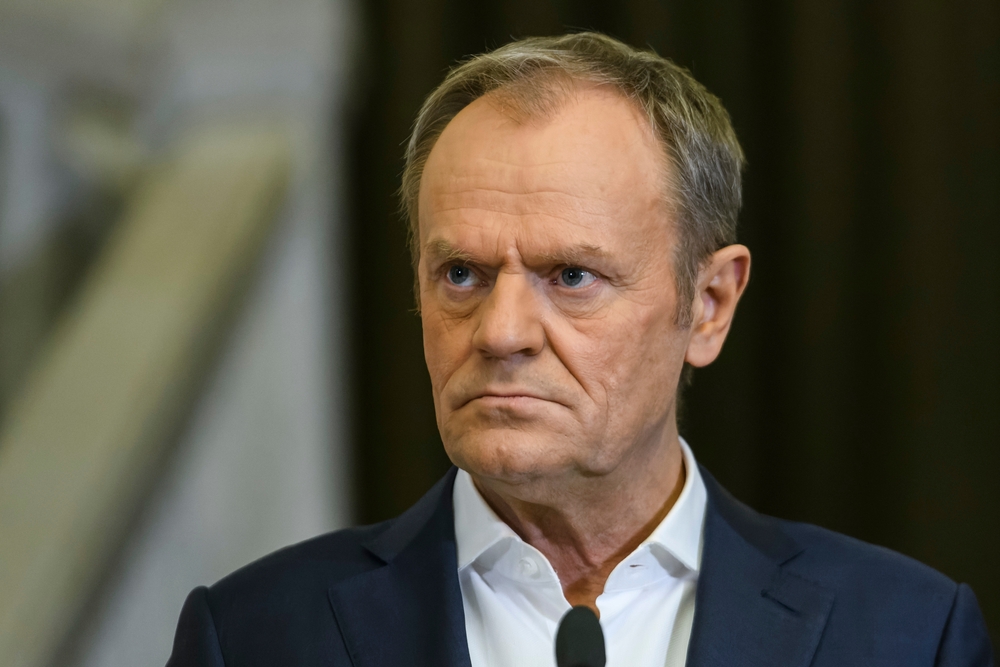
Several countries—including Denmark, Sweden, the Netherlands, Spain, Portugal, and the Baltic states—have shown willingness to join a peacekeeping force. Others, however, remain hesitant.
Poland’s Prime Minister Donald Tusk opposes sending Polish troops, citing overwhelming public disapproval.
Also read
In fact, 85% of Poles are against deploying their military, even for peacekeeping purposes.
Central Europe holds back
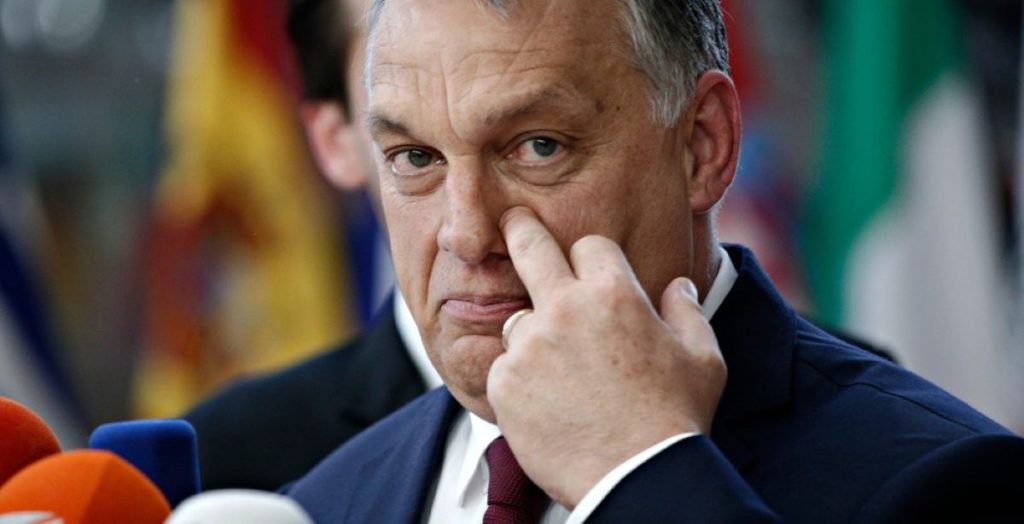
Hungary and Slovakia have flatly rejected troop deployment.
Hungarian Prime Minister Viktor Orban went as far as labeling such efforts “warmongering.”
Austria and Italy are also reluctant.
Talks or stalemate?
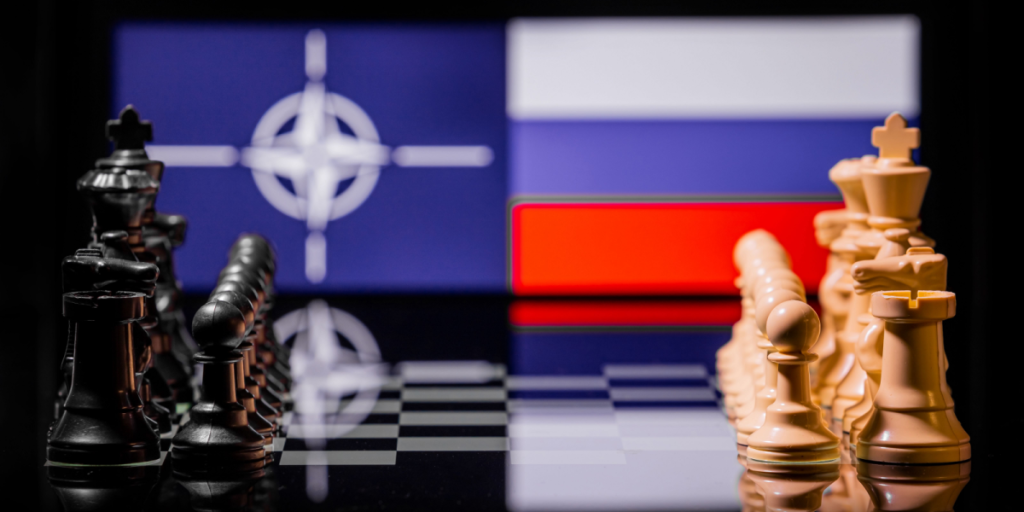
Ultimately, no peacekeeping plan can move forward without Russian cooperation—and that remains unlikely.
Also read
Moscow continues to oppose any NATO troop presence in Ukraine.
Still a work in progress
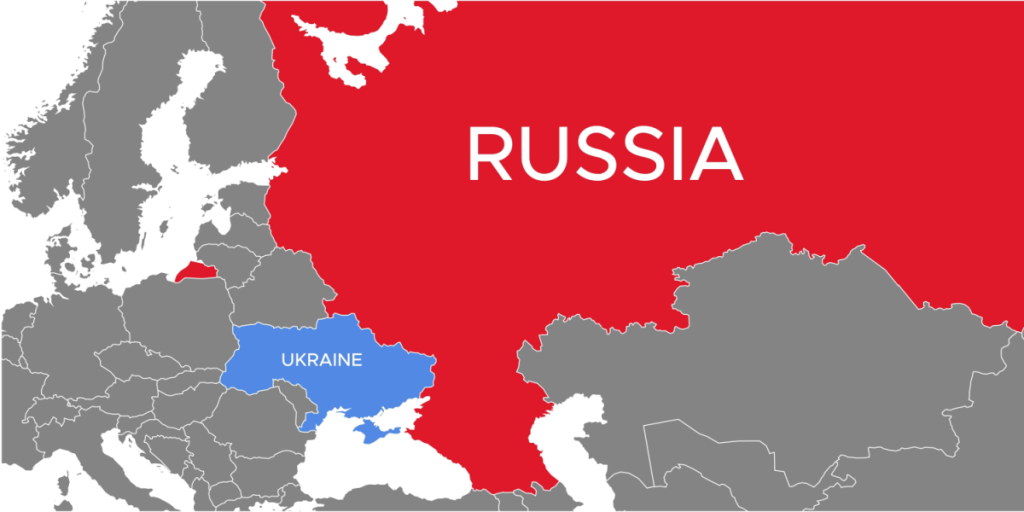
While enthusiasm exists among key Western nations, the path forward is unclear.
Differing national stances, uncertain mandates, and the unpredictable position of Russia all complicate efforts to establish a peacekeeping force.
For now, security guarantees remain a work in progress, dependent on diplomacy and coordination.
Ceasefire first, details later
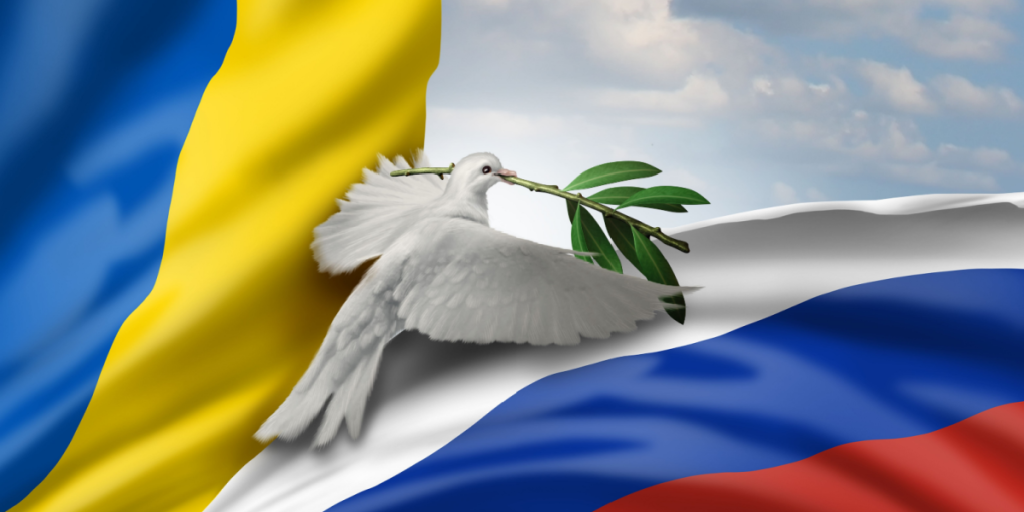
Across the board, leaders agree: No troops will be deployed until a credible ceasefire is in place.
Also read
Planning is ongoing, but without concrete peace terms or Russian involvement, boots on the ground remain hypothetical.


